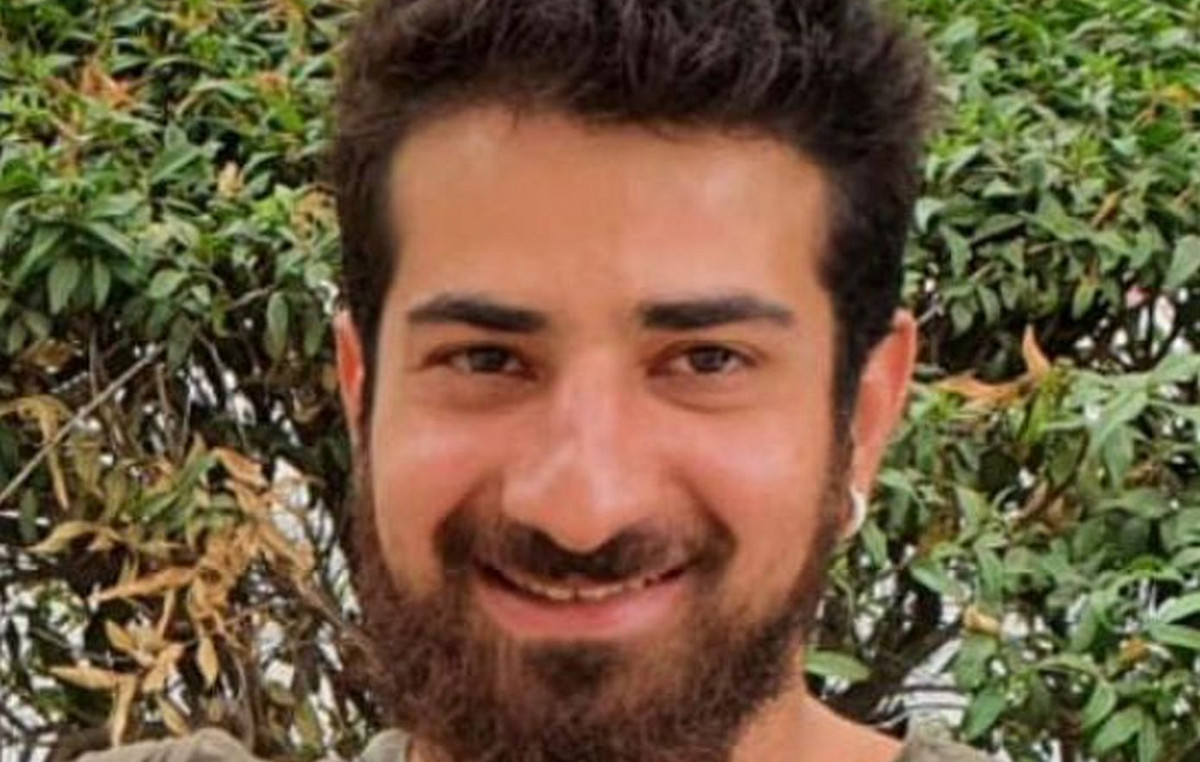Leonardo Da Vinci’s “Mona Lisa” is one of the world’s best-known works of art, famous for its beauty as well as the mystery surrounding the model’s identity and the location painted behind her.
A source of debate for centuries, the town of Buriano in Italy’s Tuscany region is so convinced that the bridge behind the Mona Lisa is the Buriano Bridge that they’ve made it a key feature of the local tourism campaign, even claiming even the bridge in the city’s welcome sign.
But now, historian Silvano Vinceti claims that the bridge behind the Mona Lisa is actually the Ponte Romito in the nearby Tuscan town of Laterina.
“The distinctive shape of the Arno [rio] along that stretch of territory corresponds to what Leonardo portrayed in the landscape to the left of the woman depicted in the famous painting,” Vinceti said at a press conference at the Foreign Press Association in Rome on Wednesday (3).
Vinceti also did a virtual reconstruction of the bridge to show the similarities and based it on documents from the state archives in Florence.
The “Mona Lisa” was painted in the early 16th century. And between 1501 and 1503, Da Vinci lived with Cardinal Cesare Borgia near Laterina, Vinceti discovered. The bridge was in use and had four arches – just like the depiction in the artwork.
By contrast, the Buriano Bridge has six arches, Vinceti said, and the Ponte Bobbio, a bridge in Piacenza that some say features in the painting, has more than six arches.
The Romito bridge linked Arezzo, Fiesole and Florence, but is now in ruins. Vinceti said he studied drone footage of the riverbanks, ruins and photographs over the years to determine that the “Etruscan-Roman bridge Romito is unmistakably” the one in the background of the painting.
Laterina Mayor Simona Neri was also present at the press conference and is excited about the prospect of reclaiming the bridge to bring tourists to her town of 3,500.
“We sincerely hope that this wonderful news will intrigue and delight local and foreign tourists, knowing that it will be a great opportunity to relaunch tourism in our territory, where we can work a lot based on natural, cultural and monumental appreciation”, she said.
“We need to try to protect what’s left of the bridge, which will require funding,” Neri said, noting that funds are available for most areas linked to Da Vinci and other masters. “There will be some rivalry; we will need to put up a poster as well,” he added.
Da Vinci’s 16th-century masterpiece is now in the Louvre in Paris, where it is viewed by millions of visitors each year. But experts say it owes its global fame to being stolen from the gallery by Italian handyman Vincenzo Peruggia in 1911, not to any artistic oddity.
“If a different work by Leonardo had been stolen, then that would have been the most famous work in the world, not the ‘Mona Lisa’,” said Noah Charney, professor of art history and author of “The Thefts of the Mona Lisa”. , in 2013, the year that marked the 100th anniversary of the restoration of the painting.
“There was nothing that really set it apart on its own other than it being a very good work by a very famous artist. That is until it was stolen,” he added. “Theft is what really increased its appeal and made it a household name.”
Source: CNN Brasil
I’m Robert Neff, a professional writer and editor. I specialize in the entertainment section, providing up-to-date coverage on the latest developments in film, television and music. My work has been featured on World Stock Market and other prominent publications.







